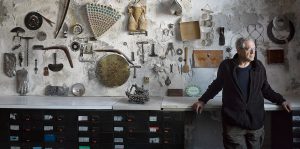
Jay Maisel is a “prodigious” photographer and collector of objects, primarily known for his vivid portrayals of life in New York City. In his documentary Jay Myself, longtime admirer and protégé Stephen Wilkes captures the man’s last days in his gargantuan Bowery home: a six-story, 72-room building, whose structure resembles Maisel’s “troubled mind.” Having lived there for half a century, and no longer able to support it, Maisel sells it for $55M – the “largest private real estate deal in New York history.” Wilkes splices archival footage with current-day conversations with Maisel, tracing the artist’s life as he joins him in leaving a colossal aspect of it behind. The result if a gem of a documentary.
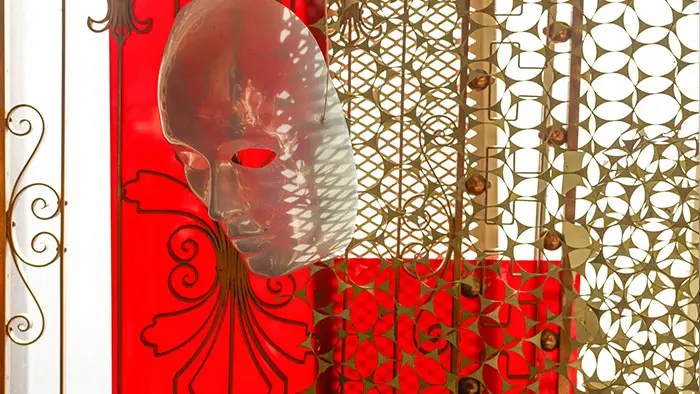
“…just make you stop and recognize beauty in a random light pattern, or in the way dust blankets an old photo.”
Thousands upon thousands of photographs are shown being shoveled away as the opening credits roll, representing Maisel’s vast scope of work. “People who are collectors have no choice but to collect,” he says. “Part of being a photographer is being a collector… as well as being a voyeur.” Maisel’s frozen moments in time caught so vividly – whether on the streets of New York or through the prism of venetian blinds – have “the depth of 3D images.” “A combination of a businessman and an artist,” he saw potential in commerce before a lot of other people did, creating pieces for clients like Coca-Cola, and “well over 50 publications”, such as Sports Illustrated and Life Magazine. Lest we forget, he’s also the man behind the legendary cover for Miles Davis’ Kind of Blue album.
Like most of our homes, Maisel’s building is a physical manifestation of his life, his memories, his work. It boasts a basketball court and a brass elevator. It’s provided Jay with enough space to breathe and work. “I have a room that’s just circles,” he says, both proudly and wistfully. Crammed with statuettes, dismantled radios, glass of every shade, screwdrivers, springs, batteries, Rubik cubes and a wild assortment of knick-knacks, to a naked eye it may seem like the outcome of a wealthy hoarder’s crazed impulses. At one point, Maisel even started to forget where things were. Worried that he had Alzheimer’s, he went to a doctor, who asked Maisel to count the drawers in his house. There were…4,800 of them. “You don’t have Alzheimer’s – you’re crazy,” the doctor said. His own wife Linda, overwhelmed by the move, struggles to get Jay to leave things behind. “It’ll be a piece by piece decision,” she states calmly.
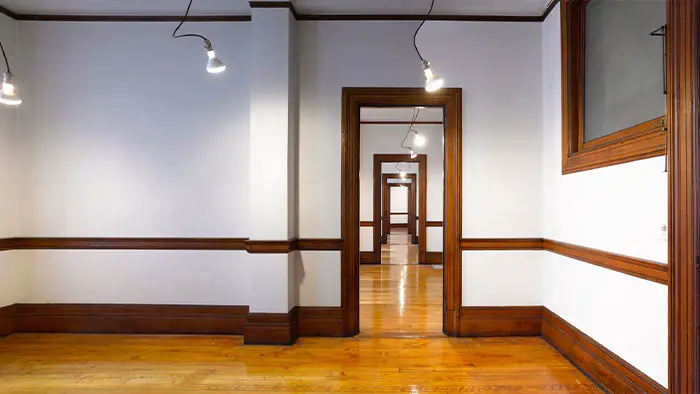
“…an absolutely riveting figure: eloquent and poetic, nostalgic and optimistic.”
The highlight of Jay Myself is, predictably, Jay himself. With a sense of humor as dry as a prune (“You guys ever do this before?” he asks Wilkes and his crew, straight off the bat), Maisel is an absolutely riveting figure: eloquent and poetic, nostalgic and optimistic. “Objects are there for you only if you really see them,” he says. “Before you are able to see, you have to look.” He talks about the seductive nature of color (“It’s very chameleon-like”) and looking at things as opposed to past them – something we could all take into consideration.
Wilkes undeniably did take it into consideration, finding resonance in seemingly inconsequential shots, such as Maisel lighting his cigar for the last time in his magnificent home. My favorite moment comes towards the end, when Maisel prompts Wilkes to simply look around, look at the way the light falls through the blinds, just look – there are dozens of beautiful shots surrounding us at any point in time. What an incredible way to view life. An ode to the artist and his city, Jay Myself may just make you stop and recognize beauty in a random light pattern, or in the way dust blankets an old photo.
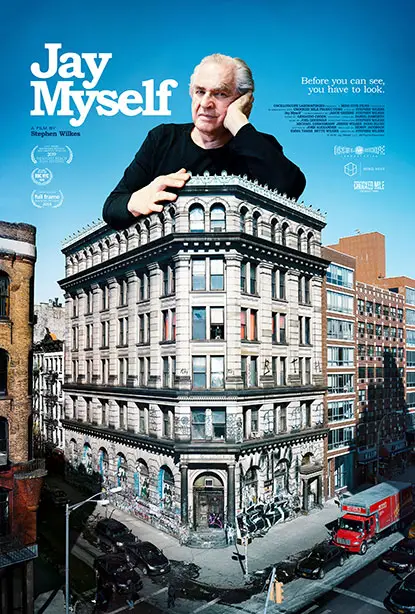
"…Maisel’s frozen moments in time...on the streets of New York or through the prism of a Venetian blind"
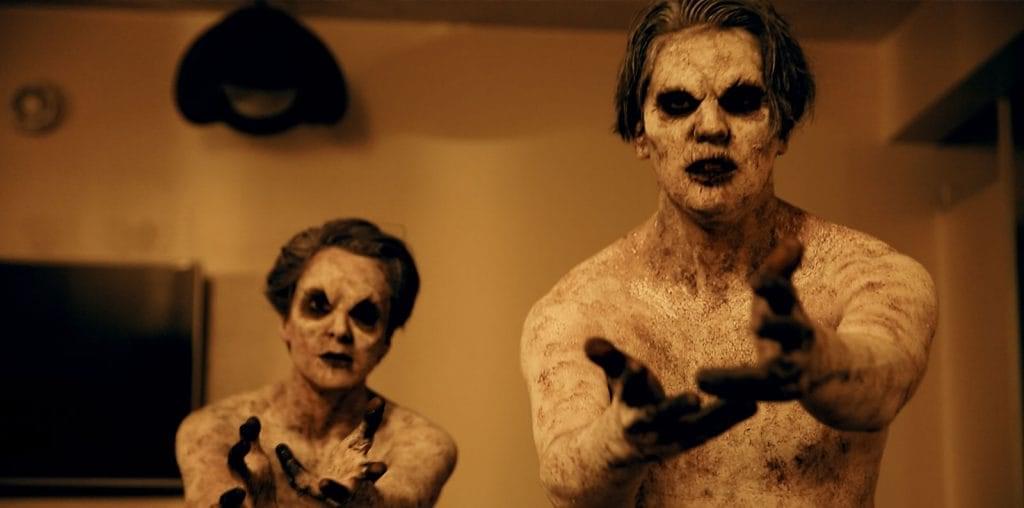
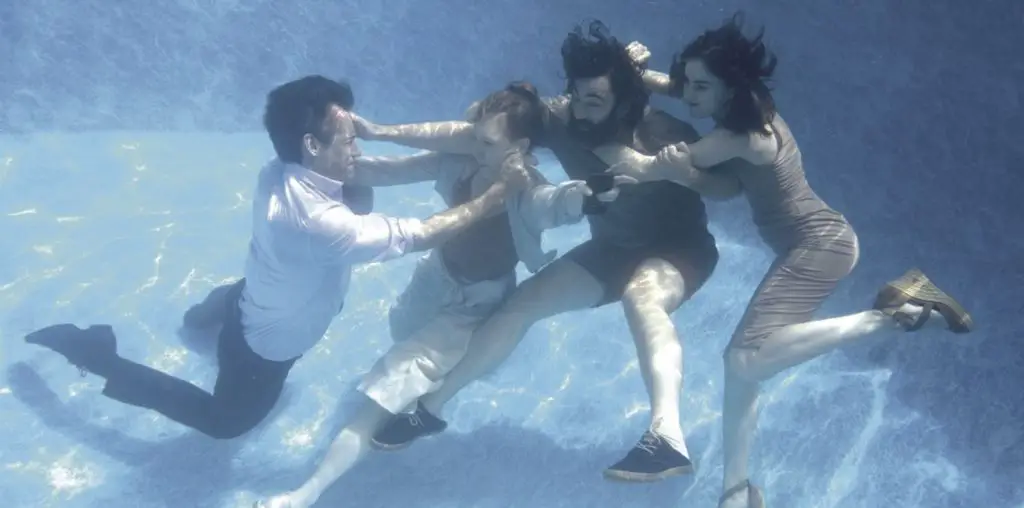

Can’t wait! When are you arriving in Chicago? Madison? Milwaukee?
I wish I could see it. Where is it showing? Is it on Nextflix or other site?
Your not crazy, you’re so very normal. Ask Linda your niece. She is my daughter in-law whom I love dearly. They move things in my home and I ask what they done with them. I love your work and the history behind it all. Thank You so very much for sharing.